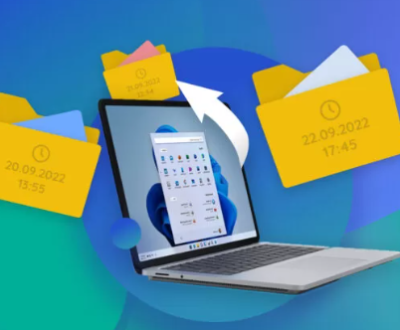Sure! Here’s a comprehensive guide on how to retrieve Tesla footage from an accident, covering the process step-by-step. This guide will help you understand the technical aspects, legal considerations, and practical tips for getting the most out of your Tesla’s data.
Tesla’s Dashcam and Sentry Mode Features
Tesla vehicles are equipped with advanced features like Dashcam and Sentry Mode that can record video footage. These features utilize the vehicle’s built-in cameras to capture events, making them valuable tools for accident documentation.
Dashcam: This feature continuously records footage from the vehicle’s front, rear, and side cameras. It starts recording automatically when you enable it and saves footage in 10-minute segments. If an incident is detected (like a collision), the Dashcam saves the last few minutes before the event.
Sentry Mode: This feature monitors your vehicle while parked. It records footage of any suspicious activity around the car. If a significant event occurs, such as a collision or vandalism, the footage will be stored for later retrieval.

Steps to Retrieve Footage
1. Confirm Footage is Recorded
First, ensure that your Tesla has recorded footage during the incident. This involves checking the Dashcam or Sentry Mode settings.
Enable Dashcam: Go to your car’s touchscreen, tap on “Controls,” then “Safety & Security,” and ensure that the Dashcam is turned on.
Check Sentry Mode: Similarly, ensure Sentry Mode is activated, especially when parking your vehicle.
2. Accessing the Footage
Footage is saved to a USB drive inserted into the vehicle’s USB port. Here’s how to access it:
Insert a USB Drive: Use a formatted USB drive (FAT32 for Windows or exFAT for Mac) and insert it into one of the front USB ports.
Check for Recording: A small red dot will appear in the upper right corner of the screen when Dashcam is recording. For Sentry Mode, the camera icon will flash when recording suspicious activity.
3. Retrieve the USB Drive
After an incident, safely eject the USB drive from your Tesla:
Stop Recording: Tap the Dashcam icon on the touchscreen to stop recording before you eject the USB.
Remove the USB Drive: Carefully pull the USB drive out of the port.
4. Analyze the Footage
Once you have the USB drive, you can analyze the footage on a computer:
Connect the USB Drive: Insert the USB drive into a computer.
Navigate to the Files: Open the drive; you’ll find folders labeled with dates and times. Inside these folders, you’ll find video files (usually in .mp4 format).
Identify the Relevant Files: Look for files that correspond to the time of the incident. Dashcam files are generally saved in 10-minute increments, so you may need to review multiple segments.
Legal Considerations
Retrieving footage is only part of the process. Here are some legal aspects to consider:
Documentation: Use the footage as documentation for insurance claims or legal proceedings. Make sure to keep a copy of the original files.
Privacy: Be aware of privacy laws regarding video recordings, especially if other individuals are captured in the footage.
Insurance Notification: Inform your insurance company about the incident and provide them with the footage if necessary. Different states or countries may have specific laws about using video evidence in claims.
Tips for Maximizing Your Tesla’s Footage Utility
Regularly Format the USB Drive: To avoid running out of space, format the USB drive regularly and ensure it’s not corrupted.
Keep the Drive Secure: Store the drive in a safe location when not in use, as it contains sensitive information.
Monitor Software Updates: Tesla frequently updates its software. Ensure your vehicle’s software is up to date for the best performance of Dashcam and Sentry Mode.
Troubleshooting Common Issues
No Footage Available: If you cannot find footage, check if the USB drive is formatted correctly and if it was inserted properly during the incident.
Corrupted Files: Sometimes, files may get corrupted. If this happens, try using recovery software on your computer, though results may vary.
Camera Malfunction: If the cameras are not functioning, you may need to contact Tesla support for diagnostics.
About us and this blog
Panda Assistant is built on the latest data recovery algorithms, ensuring that no file is too damaged, too lost, or too corrupted to be recovered.
Request a free quote
We believe that data recovery shouldn’t be a daunting task. That’s why we’ve designed Panda Assistant to be as easy to use as it is powerful. With a few clicks, you can initiate a scan, preview recoverable files, and restore your data all within a matter of minutes.
Subscribe to our newsletter!
More from our blog
See all postsRecent Posts
- How to restore deleted images 2025-06-30
- How to restore a deleted file on windows 2025-06-30
- is there any way to restore deleted photos 2025-06-30

 Try lt Free
Try lt Free Recovery success rate of up to
Recovery success rate of up to









